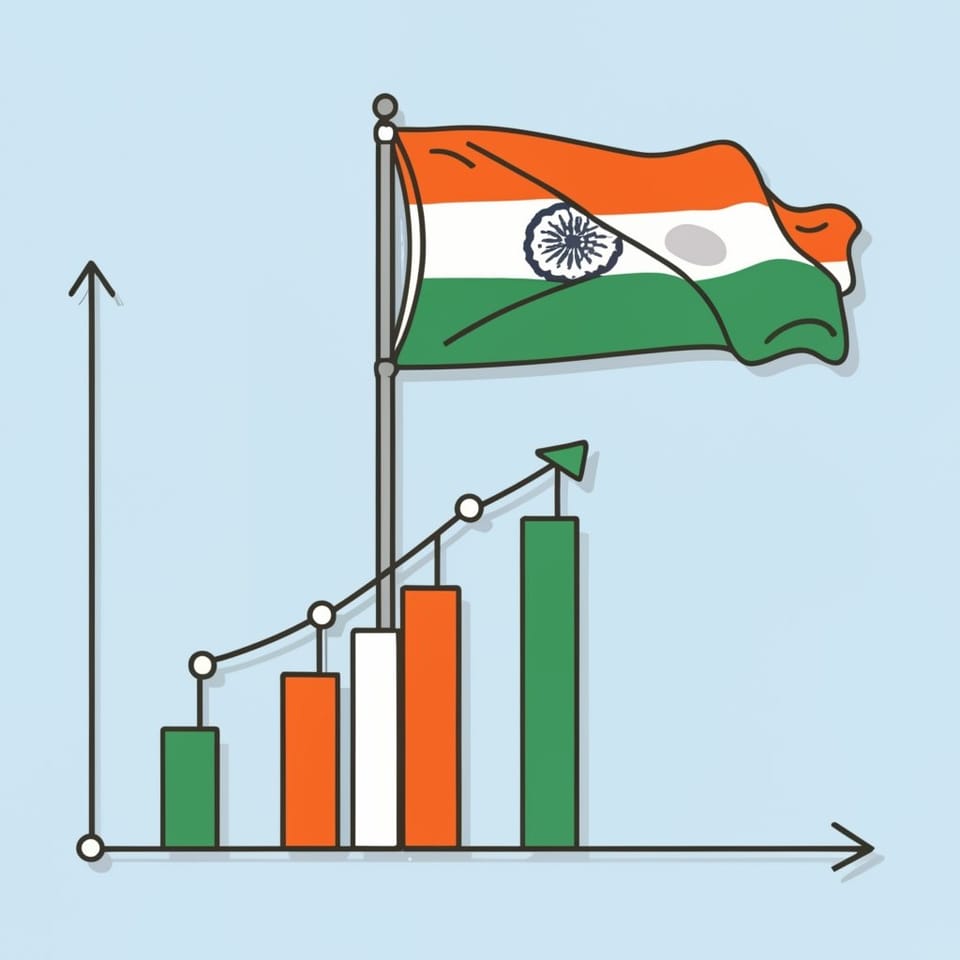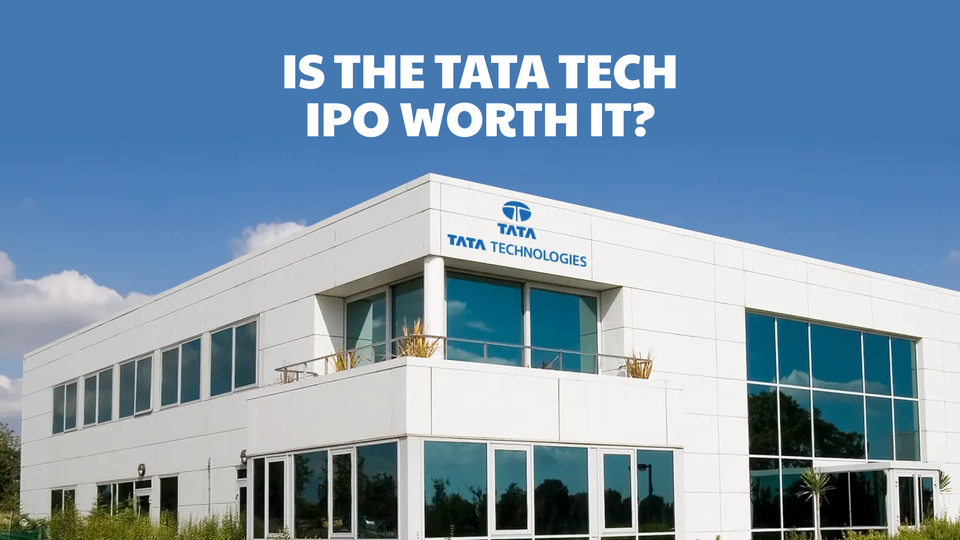The Indian middle class will play the hero in its rise as a world economy
The Indian Middle class currently represents 31% of the total population and is expected to reach 40% by 2031 and 60% by 2047. More than one billion Indians will make up the middle class. India's middle class is becoming a crucial player in the country's rise in the global economy. With a growing economy and increasing per capita income, Western multinational giants, especially in the luxury and FMCG sectors are coming to India looking for Volume growth as India’s market size has a big pull as India's luxury market is expected to be one of the world's fastest-growing, reaching a remarkable $8.5 billion in 2023, a substantial increase of $2.5 billion from 2021
India 2023 vs. China 2007: A Comparative Analysis
China is currently the second-largest economy in the world when measured by nominal GDP. When measured by purchasing power parity (PPP), it has been the largest economy in the world since 2016. Meanwhile, India ranks as the fifth-largest economy in the world based on nominal GDP and the third-largest when measured by PPP). Both hold great powers and scope in their respective markets
The Indian economic trend is similar to what China experienced in the early 2000s, where the middle class's demand for luxury goods led to a significant boom in the market. However, recent statistics show that India's growth has outpaced China's progress from 2007-2023, indicating that the Indian market is at a stage of economic development comparable to China's economy during the early 2000s.
How is the middle class contributing to the Economy?
India's middle class is on the rise, and with it, their purchasing power has surged. They are now showing an ever-increasing demand for a wide range of luxury goods, showcasing their newfound status and lifestyle. One of the prime examples of this trend can be seen in the sale of high-end luxury cars, such as Mercedes. The numbers speak for themselves: In 2007, the sale of luxury cars in India was a mere 30,000. However, fast forward to 2023, and this number has risen to an impressive 45,000. This growth is a testament to the expanding middle class and their aspirations towards a more luxurious lifestyle.
The increase in demand for luxury products is primarily driven by economic growth, which is reflected in the growth of per capita income. As consumers attain higher purchasing power, they seek to attain a certain level of social status through the acquisition of high-end products. Therefore, luxury goods become a symbol of affluence and social status.
India's middle class is rapidly expanding and is expected to play a critical role in driving the country's rise in the global economy. As the economy continues to grow, there will be an increasing demand for luxury goods, making it an opportune time for businesses to invest in this market.
How does an Increase in Luxury products affect the Growth of the Economy?
Luxury consumption has a profound and measurable impact on the Gross Domestic Product (GDP) of a country. As consumers spend more on luxury items such as high-end fashion, luxury automobiles, fine dining, and premium real estate, the revenue generated from these transactions directly contributes to the country's GDP. The luxury industry is a significant contributor to the economy, as it creates jobs, generates revenue, and drives innovation.
The impact of luxury consumption on GDP is not only limited to the direct revenue generated. When luxury goods and services are purchased, they often require the support of a vast network of suppliers, manufacturers, and retailers. This creates a ripple effect throughout the economy, leading to increased economic activity and job creation.
Overall, luxury consumption plays a crucial role in driving economic growth and creating a thriving economy and India's economy is currently experiencing a rapid growth trajectory, fueled by the expanding middle class who are increasingly demanding luxury goods. By drawing a comparison to China's economic rise in the early 2000s, particularly the surge in demand for luxury cars like Mercedes, we can see the transformative power of rising incomes and evolving consumer preferences. As India's middle class continues to evolve and expand, the burgeoning luxury goods market presents a plethora of opportunities for brands willing to conquer the challenges and appeal to this dynamic and aspirational consumer base.





